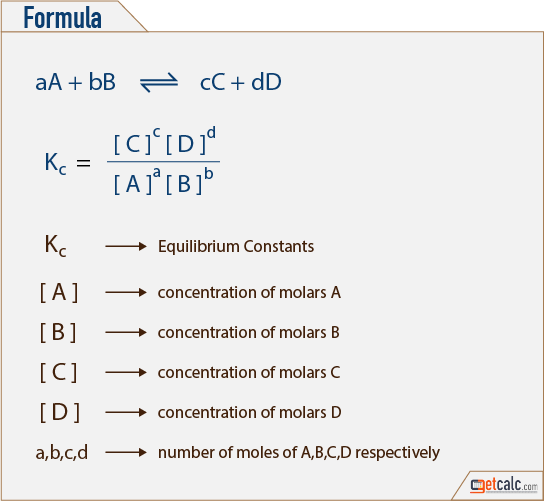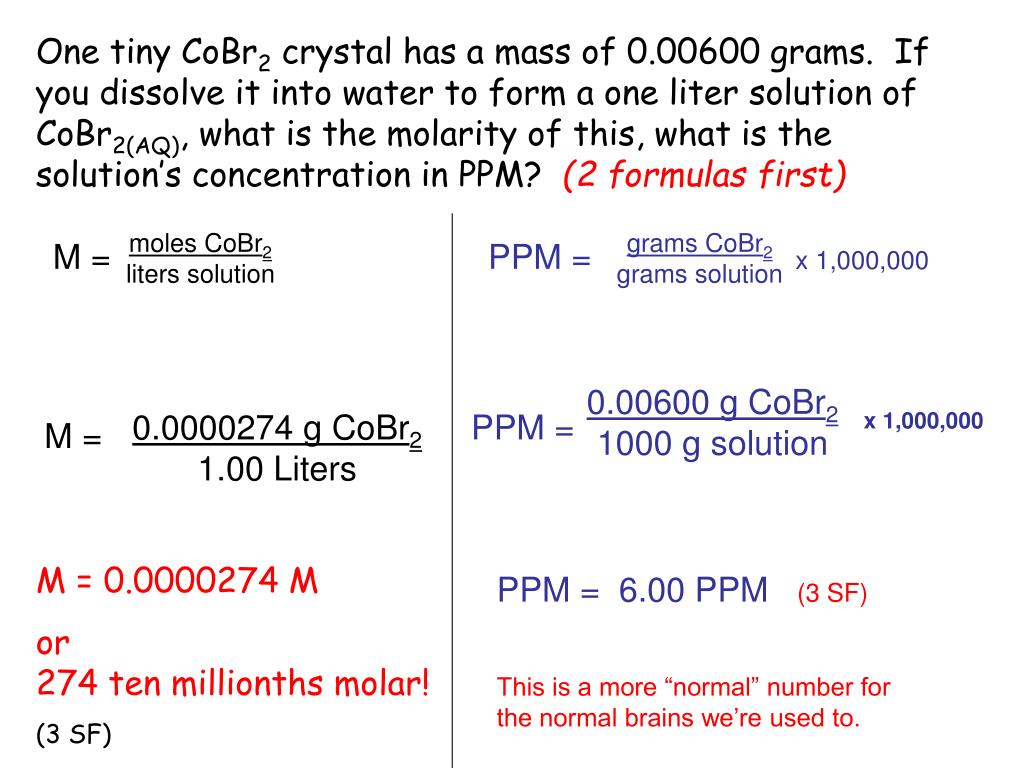

X^y A number raised to the power of a given number Ln Natural logarithm, or logarithm to base eĪtan Inverse tangent function or arctangent Additionally, there are 27 more buttons, each with a specific function. Aside from the obvious 0 to 9, a decimal point, the four basic operations, the equal sign (+, -, x, ÷, =), and the parentheses () for entering complex mathematical expressions.

On our Online Scientific Calculator, you will find several buttons on the interface. Saves important numbers for future reference.Ĭalculates angles in circular paths using Radians, Degrees, or Grades in trigonometric functions. Performs a basic operation and displays answers in general format.ĭisplays the scientific notation of a decimal number up to a certain number of significant figures.ĭisplays answers in a particular number of decimal places. Our Online Scientific Calculator has many modes all modes are listed below. You can start by knowing every part of its interface and how it functions. Our Online Scientific Calculator has three sections: Modes, Buttons, and Display Fields.Ī scientific calculator can be set to a specific mode, depending on your objective. When switching modes on our Online Scientific Calculator, you can click the Modes button. In fact, like any other tool, a scientific calculator is learnable. With a quick look at the device, you’ll see that it’s designed for complex calculations, like the problems you may encounter in chemistry, physics, engineering, and mathematics.īut that doesn’t mean a scientific calculator is too complex for you! It can also be written in other ways depending on the context, such as being represented differently in different programming languages.A scientific calculator offers more features and abilities, and therefore more buttons than a standard calculator. The "E" can also be written as "e" which is what is used by this calculator. Below is a comparison of scientific notation and E-notation: Scientific notation Where b is the base, E indicates "x 10" and the n is written after the E. For example:ġ23.4 × 10 6 (engineering notation) E-notationĮ-notation is almost the same as scientific notation except that the "× 10" in scientific notation is replaced with just "E." It is used in cases where the exponent cannot be conveniently displayed. Note that the decimal place of the number can be moved to convert scientific notation into engineering notation. For example, 10 3 would have the kilo prefix, 10 6 would have the mega prefix, and 10 9 would have the giga prefix. This is so that the numbers align with SI prefixes and can be read as such. In scientific notation, numbers are written as a base, b, referred to as the significand, multiplied by 10 raised to an integer exponent, n, which is referred to as the order of magnitude:īelow are some examples of numbers written in decimal notation compared to scientific notation: Decimal notationĮngineering notation is similar to scientific notation except that the exponent, n, is restricted to multiples of 3 such as: 0, 3, 6, 9, 12, -3, -6, etc. It is commonly used in mathematics, engineering, and science, as it can help simplify arithmetic operations. Scientific notation is a way to express numbers in a form that makes numbers that are too small or too large more convenient to write.

Click the buttons below to calculate X + Y X – Y X × Y X / Y X^Y √X X 2


 0 kommentar(er)
0 kommentar(er)
